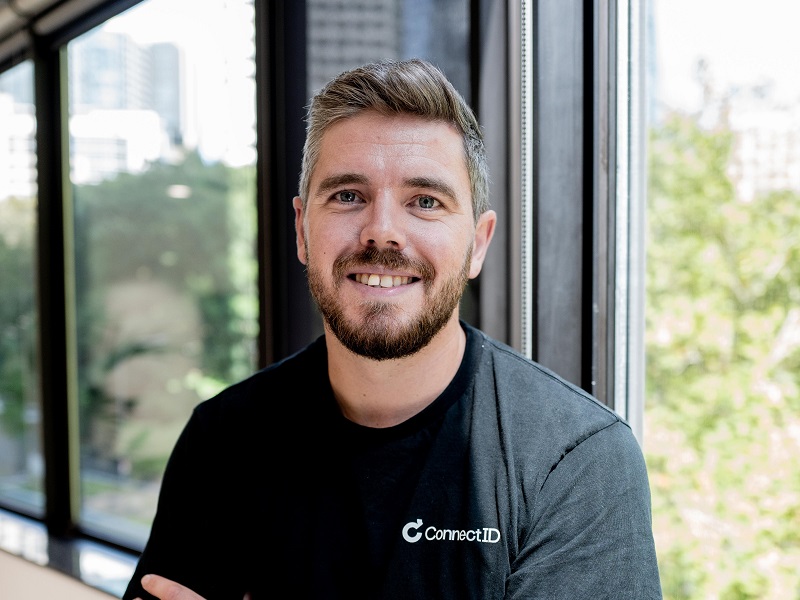In recent weeks, the debate over controlling or banning social media for teenagers and children in Australia has gained momentum. The federal government has asked the states to weigh in, and the premiers of both South Australia and New South Wales have announced their support for age verification.
Instagram also introduced new teen-specific accounts in September, implementing stricter content restrictions, suggesting reduced screen time, and enhancing privacy settings for younger users.
Much of the conversation about these limits has focused on the technology required to create and enforce them, when in fact, the technology to enable age restrictions already exists and is relatively simple.
The bigger question lies in how we apply it while safeguarding privacy, offering real choice, and preventing new privacy risks associated with verifying users’ ages — in a nutshell, ensuring these individuals are the focus of the solution.

We already have tools in place to address this while protecting privacy. Digital identity solutions like ConnectID are designed to securely verify people’s information — including age — through trusted third parties, like banks, which already hold this data.
With digital ID solutions, we can confirm someone’s age without requiring them to hand over official documents or sensitive information to social media companies.
The platforms can simply plug into a system that uses trusted sources to verify only the necessary details, for example an age assertion of over or under a certain age, rather than exposing an entire ID or date of birth.
Young people in Australia are growing up in a time when data breaches are commonplace, making it essential for any system to earn their trust and that of their families.
The governments’ role is to create clear privacy standards and ensure that platforms and solutions protect younger users’ data by minimising risks.
It’s also important to note that governments don’t need to invest taxpayers’ money to create new solutions. There are already a variety of options in the market that can be adapted to meet this demand.
Another fundamental element is defining how new rules will be implemented and enforced. Social media platforms have largely operated under a system of self-regulation, so having clear and consistent guidelines is essential to protecting all users.
There are examples that show how enforcement can work, even if not perfectly.
Under the European Union’s General Data Protection Regulation, social media platforms have made significant changes to how they collect Europeans’ data. The consequences of not complying with the GDPR are significant. For severe violations, fines can be up to €20 million or 4 per cent of global annual turnover, whichever is higher. For the major social media platforms, this can mean fines in the billions of dollars.
Australia can take cues from this approach, but it’s not all about punishment. Governments can provide support and guidance to help platforms adopt privacy-first age verification systems. By working collaboratively with platforms, governments can ensure these systems are implemented effectively and that users’ privacy is prioritised.
Regulation could also require platforms to undergo regular audits to ensure compliance with age verification standards and to publish transparency reports detailing their efforts to meet privacy guidelines and protect young users.
Social media platforms that go above and beyond to protect their users should be recognised. Incentives, such as public recognition or reduced regulatory burdens for early compliance, could encourage companies to prioritise privacy and safety in their age verification systems. This approach could foster a culture of proactive compliance rather than one focused solely on avoiding penalties.
The opportunity for age verification to reduce online harm, scams and identity theft is clear and the technology to enable it on social media already exists, but young people and their families won’t accept it unless their privacy is protected and enforcement is robust.
Andrew Black is the managing director of ConnectID at Australian Payment Plus
Do you know more? Contact James Riley via Email.
